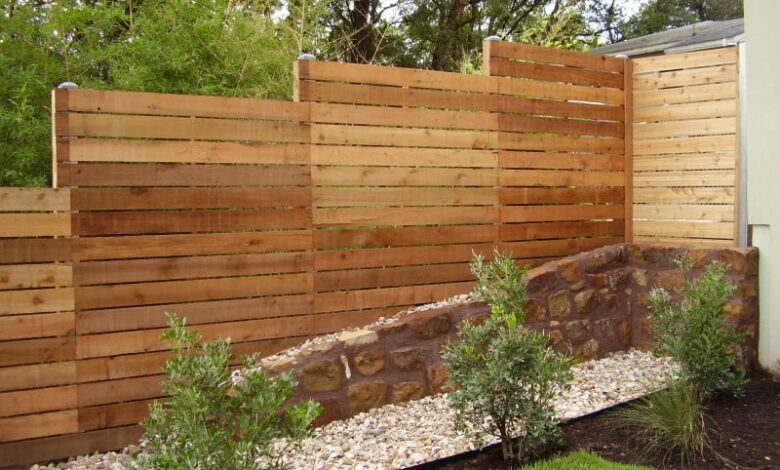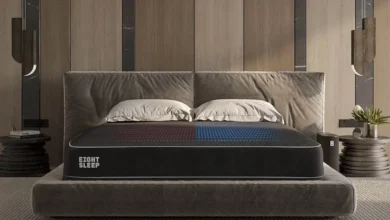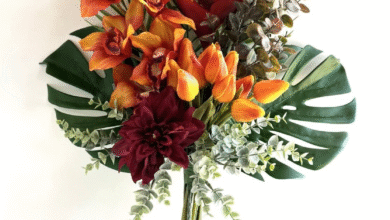Exploring Modern Fence Materials: Which One Is Right for You?

Whether you want to set a defined boundary, showcase your landscaping, or elevate curb appeal, the right fence is crucial. However, with so many fencing options available, knowing which material best suits your needs can take time and effort. Fortunately, this guide will help you navigate diverse fencing materials to find the perfect fit for your property.
Composite
Many homeowners now opt for composite fencing materials and traditional wood or vinyl. These materials blend natural wood with recycled plastic to offer a modern fence alternative that looks like natural wood yet requires little to no maintenance. They are long-lasting with 30+ year lifespans and don’t require sanding, painting, staining, or sealing to stay in good condition. Redwood and teak are also popular choices for a natural look. These high-end fencing materials are naturally resistant to insects, rot, and mildew, making them great for outdoor spaces around pools or hot tubs. Superior materials unavailable at your neighborhood hardware store are available to fencing contractors. The likelihood of encountering immediate or long-term problems is reduced if you work with a reputable fence company Austin.
Wood
Wood is a classic fencing material with an elegant, natural aesthetic. It is an excellent choice for keeping pets and children safe, keeping prowlers and trespassers away, or simply accentuating gardens. Wood fences can be carved and painted for decoration purposes, or they can be stained to match a particular color scheme. Your fence’s lifespan and durability will depend on the type of wood you select, so be sure to choose a species that can withstand weathering and insect infestation.
Western red cedar is a favorite among the most popular options for its warm, on-trend good looks and exceptional longevity. Cedar’s resins naturally resist warping and shrinking, which can extend the life of your fence. Another great option is Iroko, also known as African teak. This exotic hardwood is an exterior fence material that provides stability, durability, and a clean, golden brown color that darkens over time. It is more expensive than other wood fencing materials, but the investment pays off in longevity and beauty. A professional fence contractor Austin reduces the possibility of expensive errors because they are skilled at using the equipment needed to install fences safely.
Metal
Metals are essential in many modern fencing designs, from wrought iron decorative fences to chain-link. Iron and aluminum are excellent materials for fences, but they also come with their own set of issues. Wrought iron requires frequent repainting and is susceptible to corrosion, especially in coastal areas. Tubular iron fences offer some of the durability of wrought iron but at a lower cost. They are less prone to rust, but they still require frequent repainting.
Try a corten steel fence if you want a more modern alternative to wrought iron. This type of fencing develops a natural rust patina over time, adding an eye-catching touch to your property. Steel fences are a great alternative to aluminum fences because aluminum retains its structural integrity even when bent into artistic shapes. However, aluminum is prone to denting when items like falling branches and ice strike it. Avoid this by opting for high-grade aluminum or a tubular metal fence panel.
Mixed Materials
Whether adding a fence to your home or upgrading an existing one, you can mix materials for a custom look that adds value to your property. For instance, a black aluminum fence with alternating picket sizes creates visual interest and contributes a modern touch to your property. Likewise, brick-wrought iron fences convey a classic beauty that’s easy to customize, while steel and chain-link fences offer security and property boundaries. These are often paired with wrought iron or wood to achieve a unique style.
Other fencing materials, like bamboo, are a sustainable option that is fast-growing and inexpensive. This material works well as an accent for a horizontal or vertical section of a wooden privacy fence or can be combined with green walls to create trellised gardening options. Lattice portions of fences also work well as an accent for any fencing, letting breezes and sunlight in. You can even combine lattice with patterned sheet metal to open up sections of a traditional wood fence.



